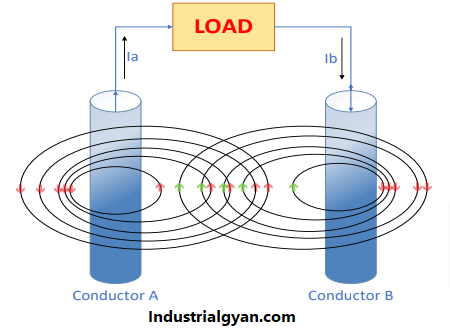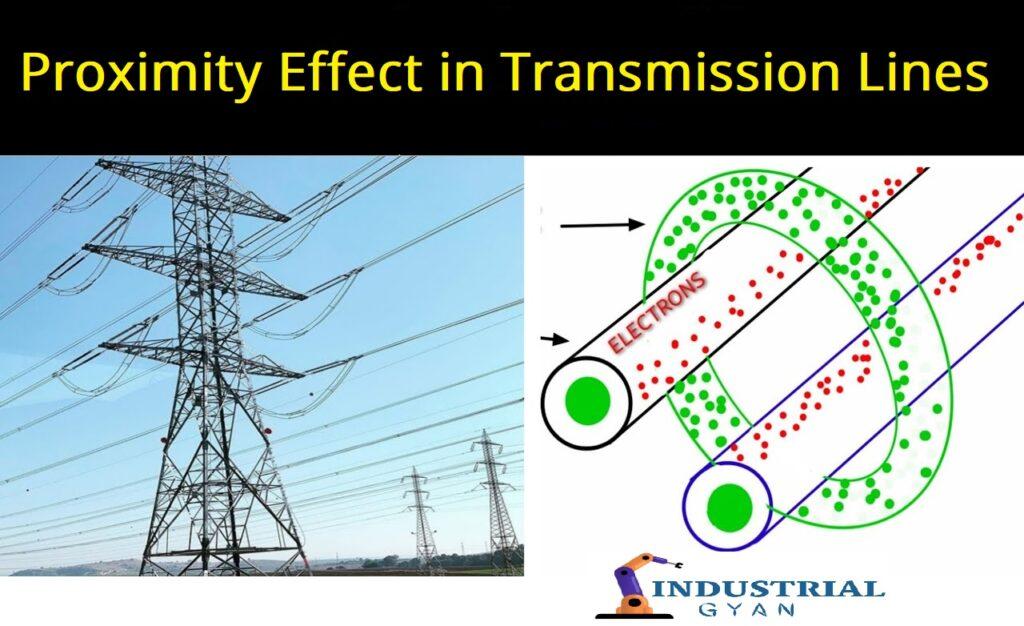Transmission lines play a crucial role in the efficient transfer of electrical energy over long distances. These lines are responsible for carrying high-voltage power from generating stations to distribution networks. One of the important phenomena that affect the performance of transmission lines is the proximity effect. In this article, we will explore the proximity effect in transmission lines, its causes, impact on power transmission efficiency, and potential mitigation strategies.
Table of Contents
- Introduction
- Understanding Transmission Lines
- What is the Proximity Effect?
- Causes of the Proximity Effect
- How the Proximity Effect Affects Power Transmission Efficiency
- Mitigation Strategies for the Proximity Effect
- Importance of Proximity Effect in High-Voltage Applications
- Future Developments and Research Opportunities
- Conclusion
- FAQs
1. Introduction
Transmission lines are the backbone of power distribution systems, enabling the efficient transportation of electricity across vast distances. These lines are typically composed of conductors, which can be overhead wires or underground cables. While transmission lines are designed to minimize losses, various factors can impact their performance. One such factor is the proximity effect, which we will delve into in this article.
2. Understanding Transmission Lines
Before we delve into the intricacies of the proximity effect, let’s briefly understand the basics of transmission lines. Transmission lines are designed to transport electrical energy from power generation sources to distribution networks. They are responsible for carrying high-voltage power, typically ranging from 69 kV to several hundred kV. Efficient power transmission is crucial to meet the increasing demand for electricity while minimizing energy losses.
3. What is the Proximity Effect?

The proximity effect refers to the phenomenon where alternating currents flowing through closely spaced conductors induce additional losses and modify the current distribution within the conductors. When multiple conductors are placed close to each other, the magnetic fields generated by the current flow in one conductor induce currents in the adjacent conductors. These induced currents concentrate near the surface of the conductors, resulting in an uneven current distribution.
4. Causes of the Proximity Effect
The proximity effect is primarily caused by the magnetic fields generated by the alternating currents. When two or more conductors carry currents in close proximity, their magnetic fields interact, leading to the concentration of current near the surface. The effect intensifies with increasing frequency and current magnitude. Additionally, the shape and arrangement of the conductors influence the severity of the proximity effect.
5. How the Proximity Effect Affects Power Transmission Efficiency
The proximity effect has several adverse effects on power transmission efficiency. Firstly, it results in increased power losses within the transmission lines. The concentrated current near the surface of the conductors increases resistive losses, leading to higher energy dissipation. Secondly, the uneven current distribution can cause temperature imbalances, potentially resulting in hotspots and reduced conductor lifespan. These factors collectively decrease the overall efficiency of the transmission system.
6. Mitigation Strategies for the Proximity Effect
To mitigate the proximity effect in transmission lines, engineers employ various techniques. One common approach is to use stranded conductors instead of solid conductors. Stranded conductors consist of multiple smaller conductors twisted together, reducing the overall proximity effect. Another technique involves utilizing transposition, where the position of conductors is periodically interchanged to balance the current distribution. Additionally, optimizing the shape and spacing of the conductors can help minimize the proximity effect.
7. Importance of Proximity Effect in High-Voltage Applications
The impact of the proximity effect becomes more pronounced in high-voltage applications. As voltage levels increase, the magnitude of the proximity effect rises due to the higher current-carrying capacity of the conductors. Ensuring efficient power transmission at high voltages necessitates a thorough understanding of the proximity effect and its implications. By addressing this phenomenon, engineers can design transmission lines that offer enhanced performance and reliability.
8. Future Developments and Research Opportunities
The study of the proximity effect continues to be an active area of research. Researchers are exploring advanced materials and designs to minimize the impact of the proximity effect on power transmission efficiency. Additionally, advancements in computational modeling and simulation techniques are aiding in the accurate prediction and analysis of the proximity effect. Further research in this field holds the potential to revolutionize the design and operation of transmission lines.
9. Conclusion
The proximity effect poses challenges to the efficient operation of transmission lines, impacting power transmission efficiency and increasing energy losses. By understanding the causes and effects of the proximity effect, engineers can develop mitigation strategies to improve the performance of transmission systems. Through the use of stranded conductors, transposition techniques, and optimized designs, the adverse effects of the proximity effect can be minimized, leading to more reliable and efficient power transmission.
FAQs
Q1: Can the proximity effect be completely eliminated in transmission lines? A1: While it is challenging to completely eliminate the proximity effect, it can be mitigated through various techniques such as using stranded conductors and optimizing the design and spacing of the conductors.
Q2: Does the proximity effect occur only in high-voltage transmission lines? A2: No, the proximity effect can occur in transmission lines of various voltage levels. However, its impact becomes more significant as the voltage levels increase.
Q3: Are there any other factors that affect power transmission efficiency apart from the proximity effect? A3: Yes, power transmission efficiency can be influenced by factors like resistive losses, inductive reactance, capacitive reactance, and skin effect, in addition to the proximity effect.
Q4: What are hotspots in transmission lines, and how are they related to the proximity effect? A4: Hotspots refer to localized areas of high temperature in a transmission line. The uneven current distribution caused by the proximity effect can lead to hotspots, which can potentially affect the lifespan and performance of the line.
Q5: Are there ongoing research efforts to address the proximity effect? A5: Yes, researchers are actively exploring advanced materials, optimized designs, and simulation techniques to minimize the impact of the proximity effect. Ongoing research holds promise for future improvements in transmission line performance.
Learn About Skin effect in Transmission Line
You can follow us on LinkedIn

I am an electrical & automation engineer with extensive experience in Design, PLC programming, SCADA development, and IoT integration. I have a strong background in the industry, focusing on the Design & Development of Hardware, Software &Industry 4.0 technologies, and the integration of intelligent manufacturing systems.
I have a deep understanding of electrical principles and am proficient in various programming languages, including Ladder Logic, Structured Text, and Python. In addition, I have experience with various PLC, SCADA & IoT technologies and a track record of successful integration projects for various clients.

